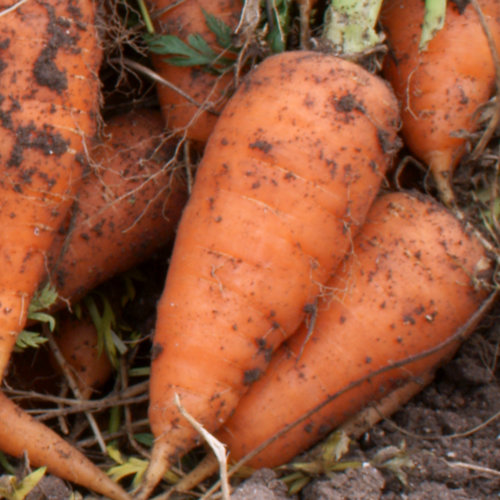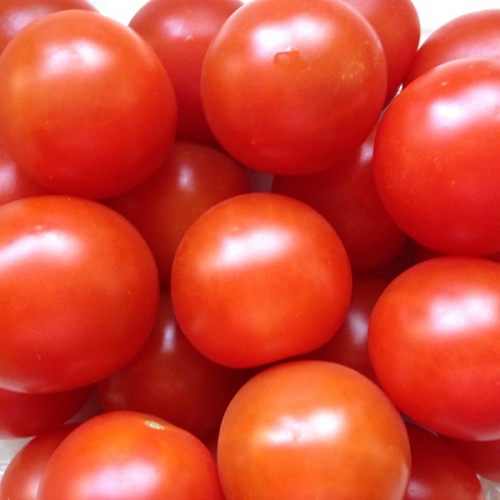Customer Reviews
Be the first to Write a Review for this item!
Customers who bought this item also bought:
Carrot Chatenay Red Core£0.89
£0.29
Chatenay Red Core is regaining popularity due to its exceptionally.....
Av. Packet Contents : 500 seeds
Tomato Gardeners Delight£0.99
£0.39
Gardeners Delight is an old cherry variety but is still as popular....
Growth Habit - Cordon.
Average Packet Contents : 10 seeds


